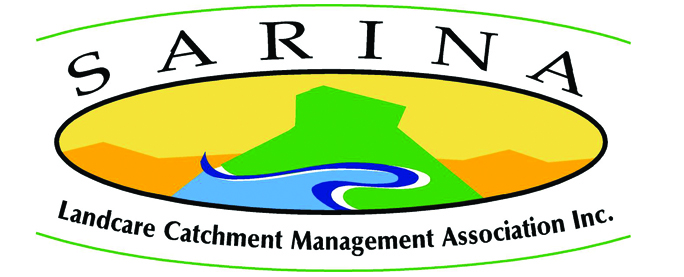Blue gum
Eucalyptus tereticornis, Fam. Myrtaceae

Medium to tall tree up to 40m. Large limbs often steeply inclined. Smooth bark, shed in large, irregular plates leaving the bark mottled in white, grey and blue grey.
| Weed Category: | |
| Weed: | No |
| Form or habit: | Med tree, Large Tree |
| Family: | Myrtaceae |
| Leaf: | Adult leaves alternate, narrowly lanceolate to lanceolate, up to 20 x 2.5cm. |
| Flower conspicuous: | Conspicuous |
| Flower colour: |
White |
| Flower description: | White, unbranched, axillary flowers; ovate buds, elongated with a conical bud cap. April to October. |
| Fruit conspicuous: | Conspicuous |
| Fruit colour: |
Brown, Green |
| Fruit: | |
| Fruit description: | Capsules, green turning brown, ovoid 0.6 x0.8cm, broad disc, four or five values. Seeds brown to black. |
| Habitat: | Open forest, woodland |
| Distribution | Queensland, New South Wales, New Guinea. |
| Food source for: | Fodder tree for the koala and greater glider. Yellow bellied glider feeds on the sap, blossoms and nectar. Flowers eaten by the black, grey headed, little red and spectacled flying foxes, sulphur crested cockatoo and the little, musk, rainbow and scaly breasted lorikeets. Nectar eaten by the little, musk and rainbow lorikeets, the helmeted friarbird and the brown backed, dusky, graceful, Eungella, regent, scarlet, white gaped, white throated and yellow faced honeyeaters. Pollen eaten by the musk lorikeet. Seed eaten by the superb parrot and pale headed rosella. Regent honeyeaters eat the lerp insects that can be found on the leaves. Larvae of the moth Aglaopus pyrrhata feed on the leaves and Zelotypia stacyi can be found in the stems and branches. |
| Toxicity: | No toxicity known |
| Origin: | Australia and New Guinea |
| Notes: | A major source of pollen and a source of nectar for honey bees. Grow from seed. The kino has been used to treat diarrhoea. In China it is grown in plantations for the production of oil. A valuable timber species, timber is red, strong and durable. |
| Information sources: | Melzer R. & Plumb J. (2007) Plants of Capricornia. |



